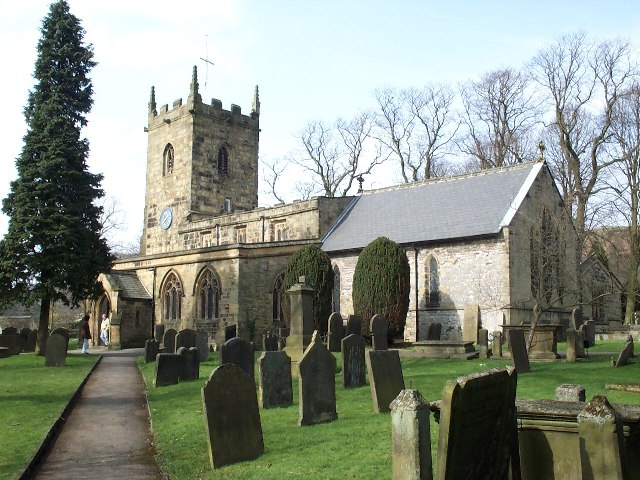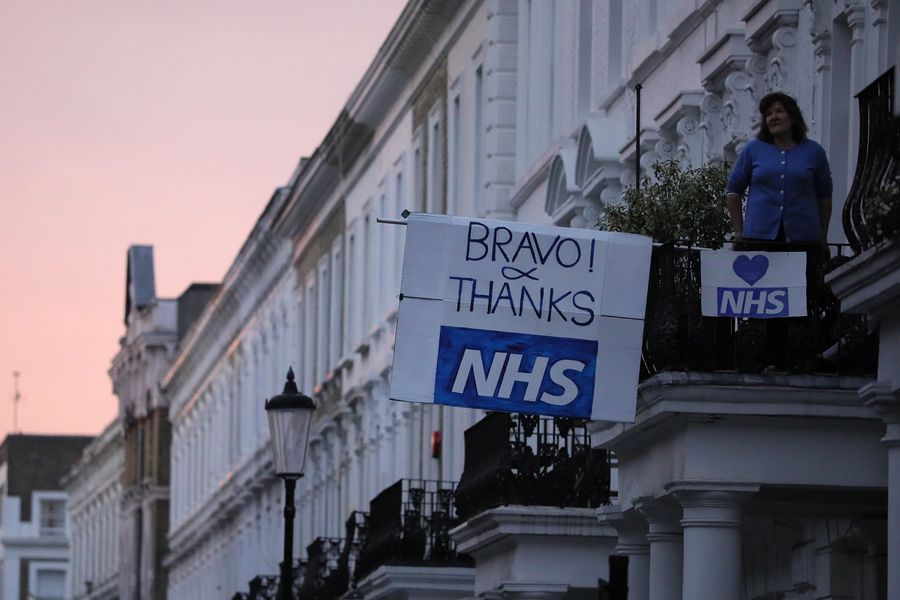
This ia web picture of a church in Eyam, a village in England's Derbyshire Dales, which is known as the "plague village" for the courageous sacrifice its residents made to stop a plague in the 17th century.
A local villager in Eyam said Wuhan did the right thing by isolating and quarantining the entire city.
LONDON, April 20 (Xinhua) -- Eyam, a village in England's Derbyshire Dales, is remembered in history for quarantining and sacrificing itself during the Great Plague of the 1660s. With the current pandemic throwing spotlight on this small corner of rural Britain, a museum run by local people is charting the incredible story of the village.
"More people died in Eyam, as a percentage, but they stopped the spread of the disease to other local villages and towns, therefore, saving hundreds, even thousands, of lives," said Eyam Museum's Lynette Sidhu.
"There were around 850 people in our village when the plague broke out in 1665. Within 14 months, 260 of them had died," Sidhu said.
The village was sealed off after the plague was discovered there, with no-one allowed in or out.
Based on what happened in Eyam, Sidhu told Xinhua that Wuhan, the Chinese city hardest hit by the COVID-19 outbreak, did exactly the right thing by isolating and quarantining the whole city.
The Eyam museum bears the spirit of self-sacrifice of the villagers, said Sidhu. "I think the villagers of the Great Plague era would be amazed at how their actions are being recalled in 2020."
"As well as isolating the village, the people of Eyam also agreed to hold church services outside, to stop close contact with others in the village; they buried their own dead in gardens, fields and on land, rather than in the churchyard," she added.
Local villager Clarence Daniel created a private museum in his house in Eyam, with a collection of records and information about the time the plague left its mark on the village.

A person hangs a banner thanking NHS (National Health Service) staff outside Chelsea and Westminster Hospital ahead of the weekly clap for the NHS in London, Britain on April 16, 2020. (Photo by Tim Ireland/Xinhua)
Following his death in 1987, his family approached the village society to enquire if a home could be found for the Clarence Daniel collection. This led to the creation of the Plague Museum, which attracts around 31,000 visitors a year.
Sidhu is not in the least surprised by the current interest in Eyam and its Plague Museum. "We are usually open from the end of March to the beginning of November, though we are currently closed because of the pandemic," she said.
"Since the outbreak of coronavirus, there have been articles written and news coverage, all over the world, so I expect more visitors and enquiries over the following months and possibly years," she added.
The big question is whether today's residents of Eyam are learning from the villagers who experienced the plague over 350 years ago.
"Eyam is a small village of around 900 residents. It is a fantastic, supportive community and people help each other in the best ways they can," Sidhu said.
"I do not know if the history is influencing their actions. I believe most, if not all, are doing what we have been asked to do by the government. The local pub and cafes, the car parks and museum are all closed. I have discouraged people from visiting, as it is not essential travel," she added. ■



